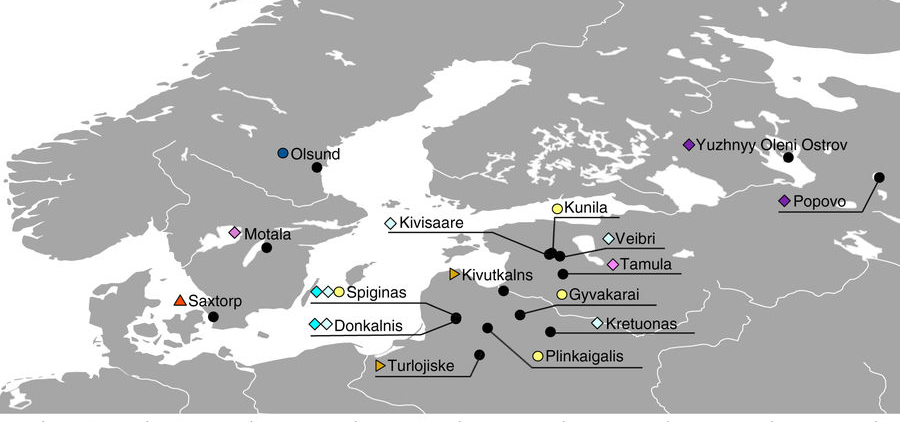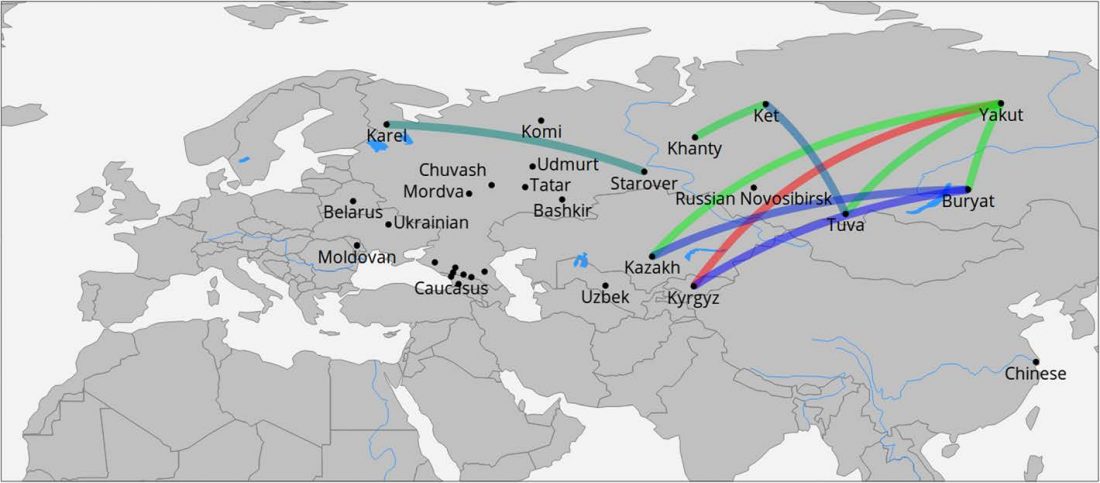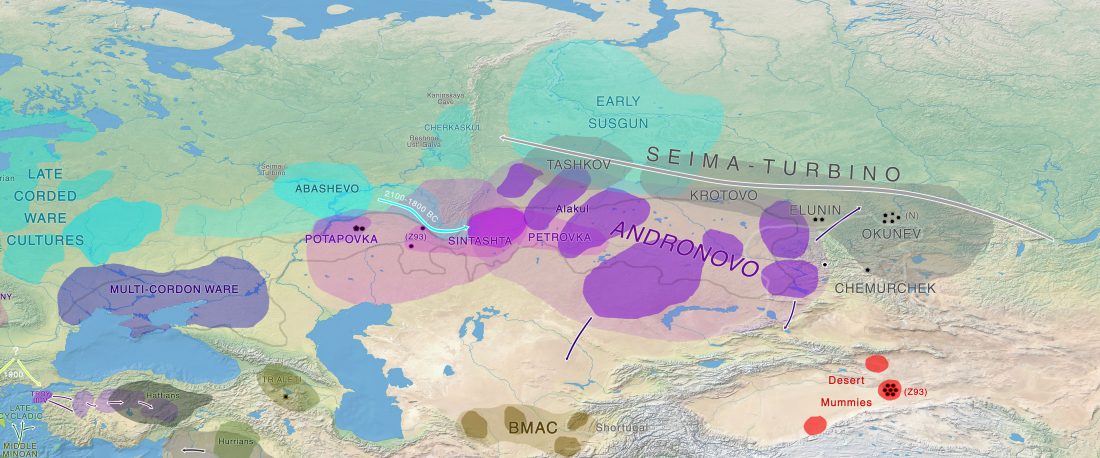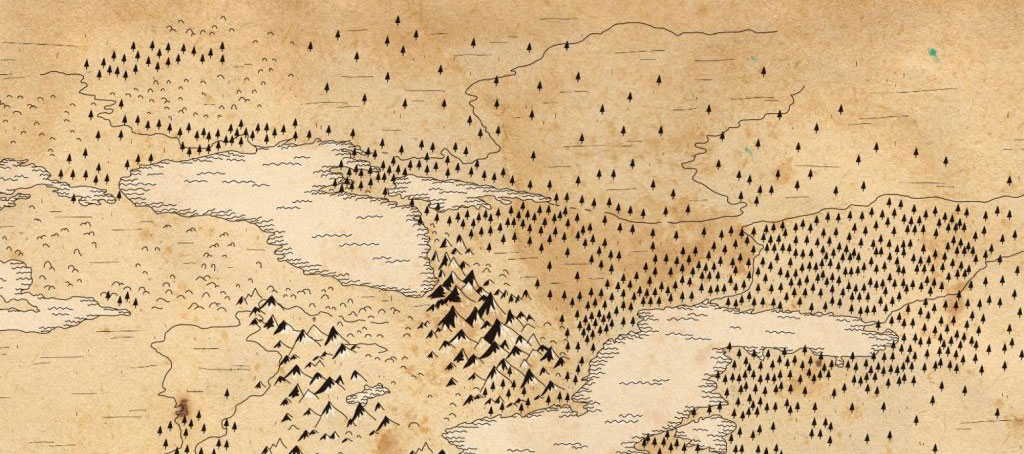I recently read some papers which, albeit apparently unrelated, should be of interest for many today.
Mixed language
The myth of the mixed languages, by Kees Versteeg, in Advances in Maltese linguistics, ed. by Benjamin Saade and Mauro Tosco, 217-238. Berlin and New York: Mouton de Gruyter, 2017 [uncorrected proofs]
… Read the rest “The myth of mixed language, the concepts of culture core and package, and the invention of ‘Steppe folk’”This paper focuses on the usefulness of the label ‘mixed languages’ as an analytical tool. Section 1 sketches the emergence of the biological paradigm in linguistics and its effect on the contemporary debate about mixed languages. Sections 2 and 3 discuss two processes that have been held responsible







